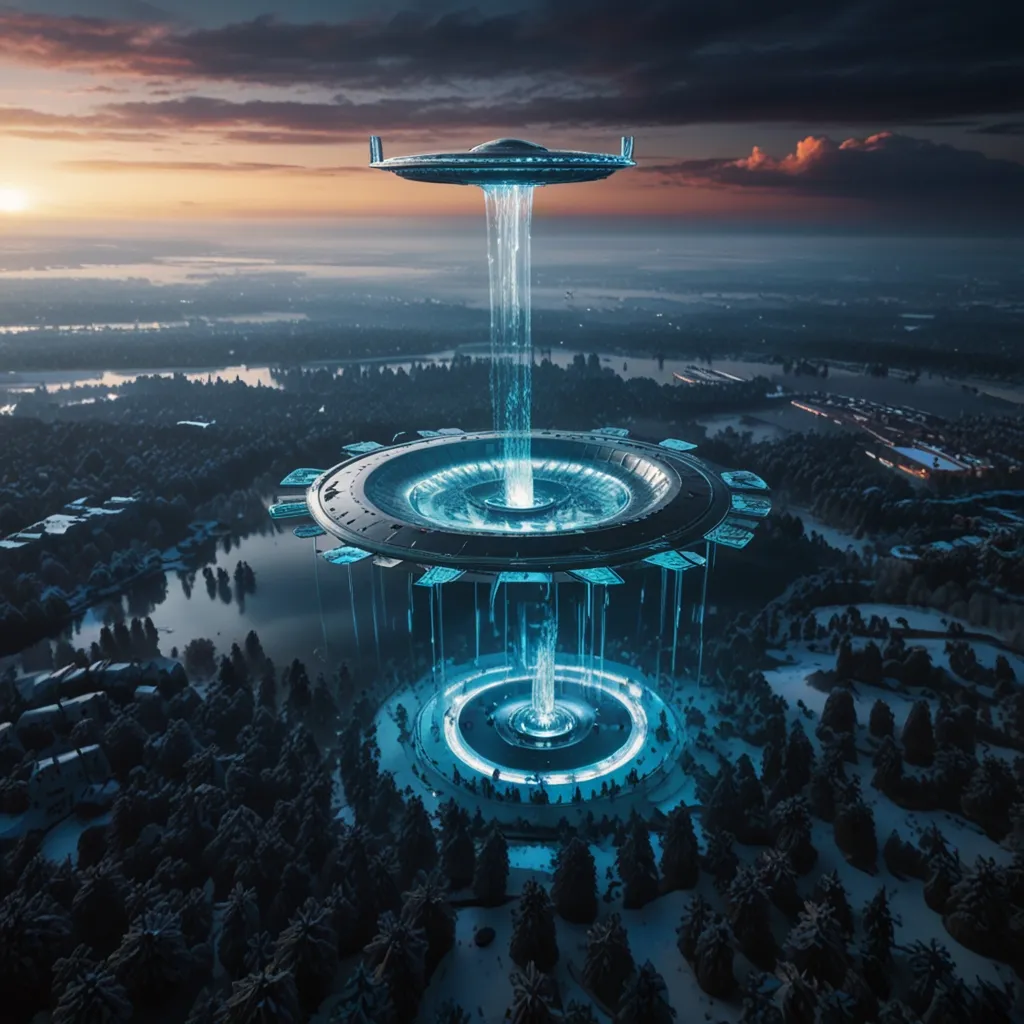Back in 1957, the Soviet Union sent Sputnik 1 into orbit, marking a historic moment in space exploration. However, there’s another tale that’s captivated people for over a century—a mysterious object known as the Black Knight Satellite. This enigmatic satellite has reportedly been watching us for 13,000 years.
In 1899, the renowned inventor Nikola Tesla was experimenting in his Colorado Springs lab when he started receiving strange transmissions on his equipment. He believed these signals to be artificial, possibly evidence of extraterrestrial life. Not long after, other scientists, including Guillermo Marconi and Norwegian engineer Jørgen Hals, picked up similar odd signals, what we now call Long Delayed Echoes (LDEs).
Fast forward to 1954, when two American newspapers claimed scientists in New Mexico discovered what appeared to be artificial satellites orbiting Earth, well before Sputnik’s launch. Major Donald Kehoe, a celebrated aviator and UFO researcher, fueled the excitement by suggesting these objects could be advanced technology beyond our own.
In 1960, the New York Times reported the discovery of a “dark satellite” in polar orbit, adding to the growing intrigue. This unidentified object moved in ways no human-made satellite could at the time. It seemed to appear and disappear without warning. Even seasoned observers like Jacques Vallée couldn’t pinpoint its origin or purpose.
The real turning point came in 1963 when astronaut Gordon Cooper reportedly saw a green glowing object while on the Mercury 9 mission. His sightings, along with multiple reports from around the globe, solidified the Black Knight’s place in space lore. Yet, official narrative often rebuffed these claims, calling them hallucinations or mundane objects like thermal covers lost in space.
In 1973, Duncan Lunan, a researcher from Scotland, analyzed decades of LDE data and believed he had decoded a message from the Black Knight. His findings indicated a star map, suggesting the satellite came from the Epsilon Boötes system, sent as a probe from a highly advanced but ancient civilization.
Then came the 1998 space shuttle Endeavour mission, where NASA captured images of a curious object floating in orbit. Though explanations range from space debris to lost equipment, many believe these images are definitive proof of the Black Knight’s existence.
Speculation around this object includes theories of it being an alien probe monitoring humanity’s progress, or even a relic from Earth’s ancient past containing DNA knowledge. Some suggest it’s a safeguard against a global catastrophe, parked safely in orbit where it wouldn’t be affected by the planet’s changing conditions.
Despite abundant reports and observations, skepticism remains. Scientific explanations often point to more common phenomena like pulsars for early radio signals or the drifting of old satellites. Yet, disbelievers argue why so much evidence is reportedly destroyed or covered up by authorities.
Whether UFOs and alien satellites are real or not, the legend of the Black Knight Satellite thrives on its mix of factual and fantastic elements. It raises questions about our place in the universe, beckoning us to explore further and seek the truth hidden in the cosmos. As long as curiosity prevails, the story of the Black Knight Satellite will endure, provoking imaginations and challenging our understanding of the unknown.






